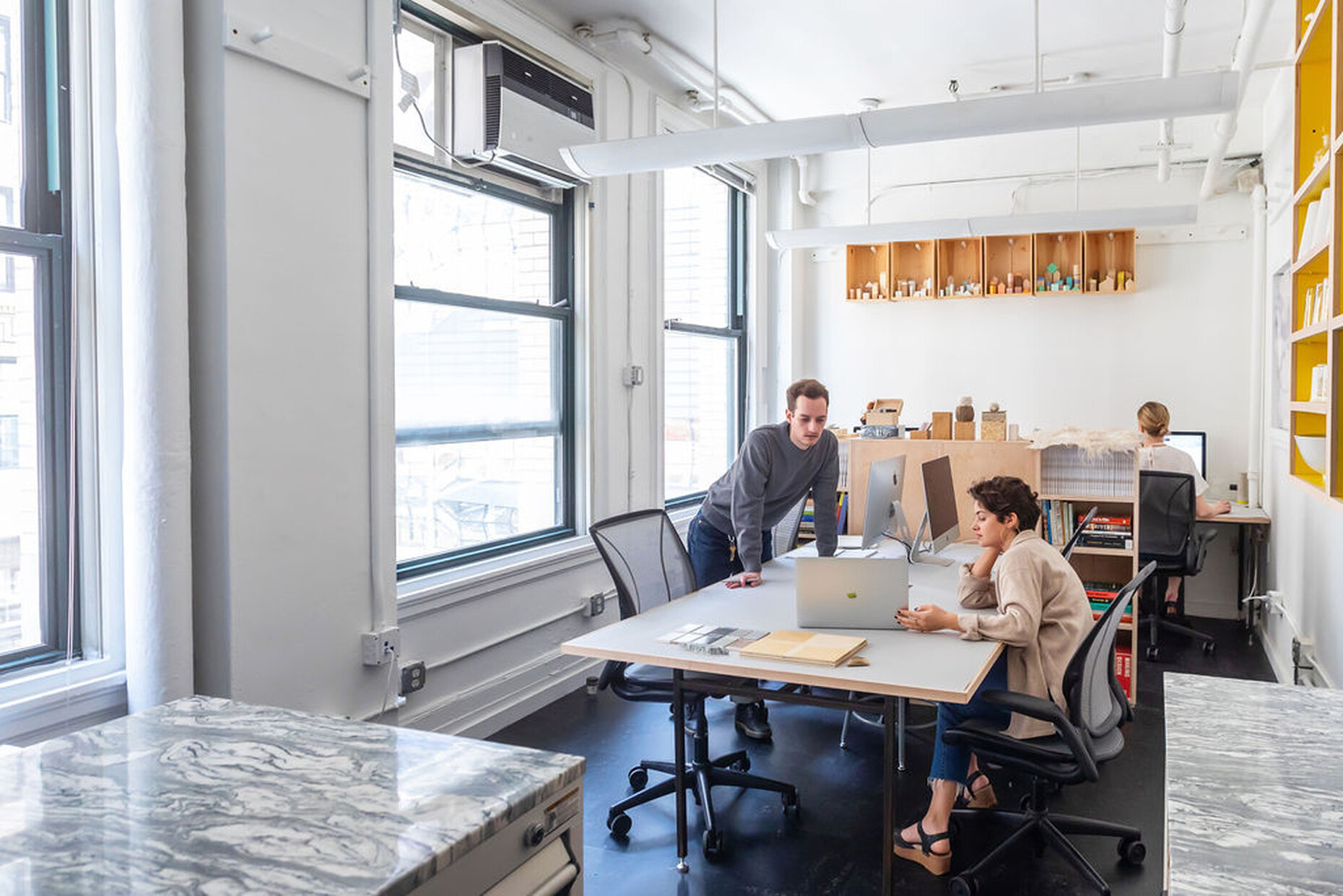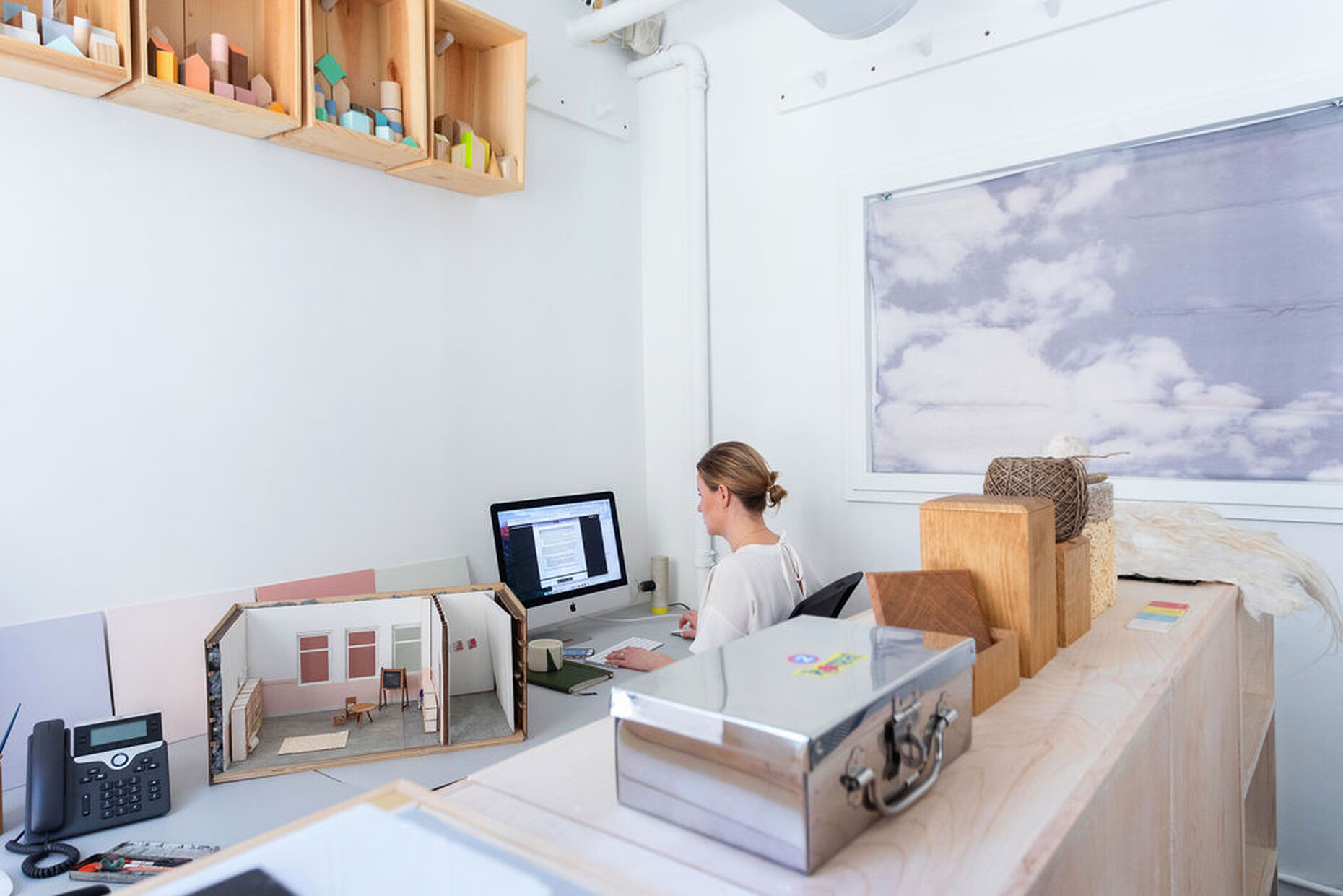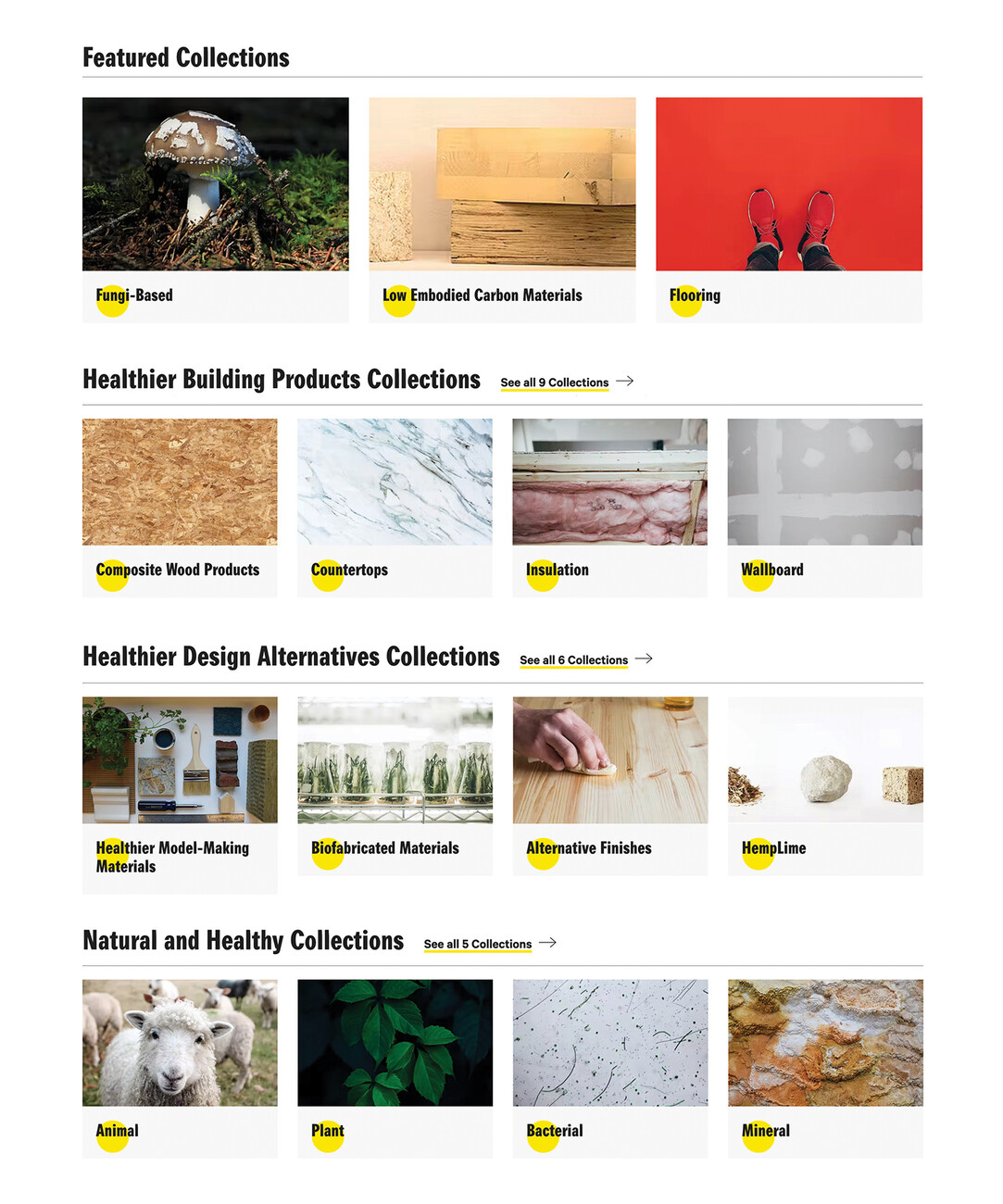SUSTAINABILITY
Three questions to Jonsara Ruth
Anna Moldenhauer: Jonsara, from your point of view, where are we on the road to sustainable construction?
Jonsara Ruth: Sustainability means so many things these days. Historically, sustainable construction meant saving energy by creating energy efficient buildings. There would be a lot of talk about insulation to conserve heat and cooling. But now we ask what is that insulation made of? Is the material healthy for people? And how much energy or carbon was expended to make that insulation? And is the insulation biodegradable? Or does it go to landfill at the end of its useful life? And where was that insulation made? Was it made in a factory that pollutes the air, water and soil systems? And what about the people who live near that factory? Are those folks contracting diseases because of the pollution from the factory that is manufacturing the insulation? Thankfully, many designers and architects are asking these questions these days. Which leads them to choosing more long term sustainable choices. It’s really important because so much housing is needed in the next 50-100 years to meet the growing population. We need to make choices of materials for housing that are not detrimental to the health of our planet and to our bodies.
How does the Healthy Materials Lab at Parsons School of Design want to change the building and interior industry?
Jonsara Ruth: Our work at the lab is dedicated to making healthier places for all people to live. We are particularly passionate about improving the homes of people who have no choice but to live in buildings that are inexpensive or provided by government subsidies. We do this by advocating for the use of healthier building materials – because most contemporary buildings are built with materials that threaten people's health and the environment. Most building materials these days are made from petrochemicals which can release microscopic particles into the air. We inadvertently inhale, ingest or even absorb these pollutants into our bodies. There is scientific evidence that people’s health is directly linked to their environments and that indoor environments can be three to five times more polluted than outdoor environments. Since it is the materials and building products that pollute interiors, it's imperative that architects, designers, and anyone making decisions in the building industry choose healthier materials. But how does anyone know if a material is healthy or not? It's not simple.. because there is very little transparency about which substances are used to make building products. So our team works in many ways to make this issue more accessible to anyone who will listen!
What are you working on right now?
Jonsara Ruth: Our team of smart, dedicated people works collaboratively on many projects. We research and compile examples of healthier materials and strategies that can be used to build healthier housing. We also create online classes for current professionals and the next generation of designers and architects to build knowledge about material health. We partner with people working with communities and we support them to use healthier materials in their building projects. And we host events, podcasts, and social campaigns to help raise awareness about the importance of surrounding ourselves and others with materials that improve our health, rather than jeopardize it. We are excited by the variety of natural and bio-based materials that are becoming available as viable building products. Imagine if all future housing was made from regenerative materials like plants, minerals, fungi using new technologies! We are working on a couple of prototype homes using Hemp + Lime as a wall system. One house is for a community in western Pennsylvania where they are building a new economy growing hemp for buildings, and another house is for an elder in a native american community in northern Minnesota where they are growing hemp to create a new textile industry. And this spring, our team is researching how mycelium is becoming a viable alternative for buildings and textiles.









